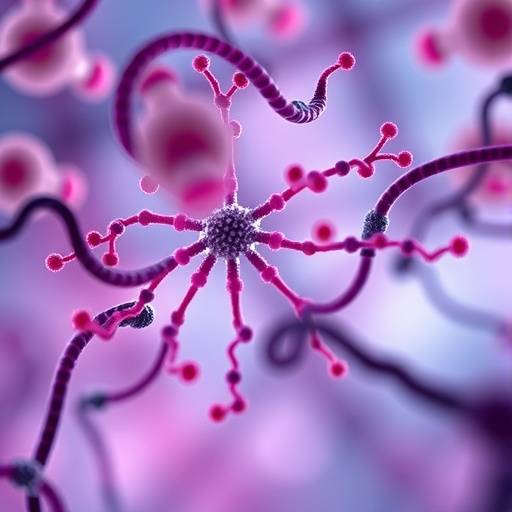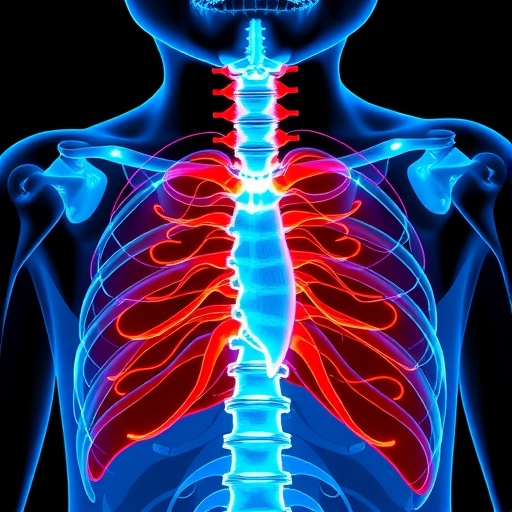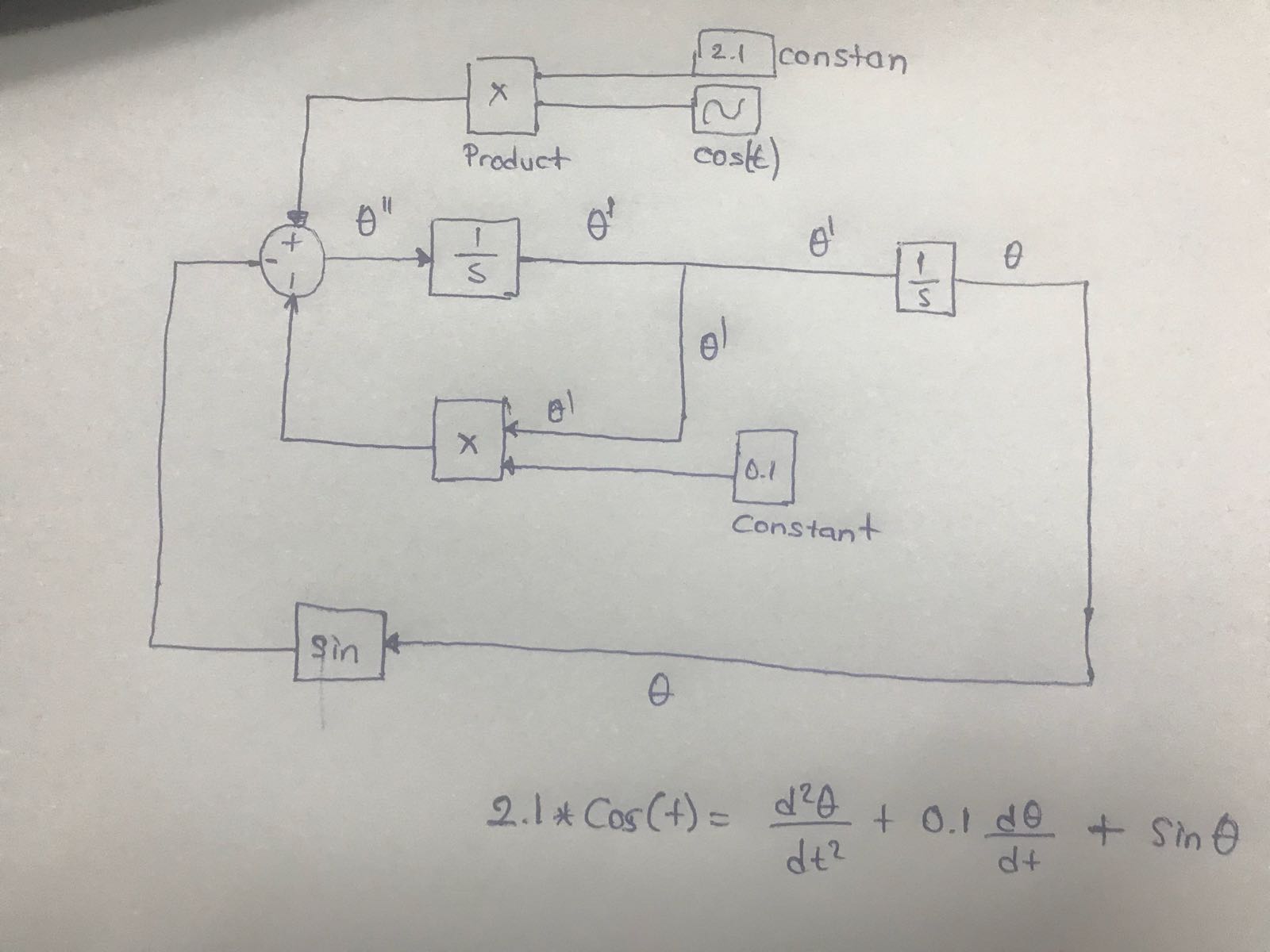In a groundbreaking advancement at the intersection of cancer immunotherapy and biomaterials engineering, researchers from the University of Illinois Urbana-Champaign’s Cancer Center at Illinois (CCIL) have unveiled a novel platform designed to vastly enhance the efficacy of mRNA-based cancer vaccines. Spearheaded by Associate Professor Hua Wang from the Department of Materials Science & Engineering, this innovative approach focuses on resolving a persistent limitation in conventional mRNA vaccines: the notoriously low efficiency of antigen-encoded mRNA uptake and processing by dendritic cells, which are pivotal in orchestrating anti-tumor immune responses.
Traditional mRNA vaccines depend largely on passive diffusion mechanisms, wherein antigen-encoding mRNAs are administered and expected to encounter dendritic cells in vivo. However, this process encounters significant biological barriers. The scarcity of dendritic cells within the injection site and their limited interaction time with the vaccine components undermine the induction of a robust immune response capable of effectively activating tumor-specific cytotoxic T lymphocytes. The novel hydrogel platform developed by Wang’s team circumvents this bottleneck by actively recruiting dendritic cells to the site of mRNA delivery, thereby enhancing antigen presentation efficiency.
At the core of this paradigm-shifting strategy is a macroporous hydrogel matrix embedded with chemokines that specifically attract dendritic cells when introduced subcutaneously. This engineered microenvironment acts as a synthetic lymphoid niche, concentrate and modulate immune cells in situ. Upon injection, the hydrogel physically and chemically lures a large population of dendritic cells from surrounding tissues directly into its scaffold, dramatically increasing the probability of dendritic cells encountering and processing the mRNA cargo within the gel.
Dendritic cells are renowned as the immune system’s master antigen-presenting cells, crucial for initiating adaptive immune responses. Their ability to internalize, process, and present antigenic peptides on major histocompatibility complex (MHC) molecules triggers the activation and expansion of tumor-specific T cells. By harnessing the homing capabilities of chemokines within the hydrogel, the research team effectively supercharges this natural immune mechanism, promoting a more efficient and sustained presentation of tumor-associated antigens thereby enhancing the initiation of cytotoxic T cell responses.
The team’s hydrogel formulation was meticulously designed to maintain the structural integrity and bioactivity of the mRNA while creating a supportive, immunoactive microenvironment. The macroporous structure facilitates cellular infiltration and nutrient exchange while protecting the delicate mRNA from premature degradation. This biomaterial approach serves not only as a delivery vehicle but also as an “immune cell incubator,” where dendritic cells undergo local maturation within the gel, further potentiating their anti-tumor functionality.
Preclinical studies substantiating this approach have demonstrated significantly enhanced anti-tumor immunity in murine cancer models. Compared to conventional mRNA vaccine administration routes, animals treated with the hydrogel-based mRNA platform exhibited stronger dendritic cell recruitment, elevated antigen presentation, and a subsequent increase in tumor-specific T cell activation. These immunological improvements translated into superior tumor growth control, underscoring the translational potential of this technology for future clinical applications.
In depth discussions with the research team highlight the innovative nature of this system as a versatile and modular platform. Aside from its capacity to boost cancer vaccine efficacy, the hydrogel strategy opens broader avenues to modulate dendritic cell behavior in situ non-invasively. This specificity and tunability mark a significant leap forward in designing next-generation immunotherapies for challenging malignancies and potentially other diseases where immune modulation is critical.
First author and doctoral researcher Jiadiao (David) Zhou emphasized the dual impact of the technology, stating that beyond its direct therapeutic potential for cancer patients, it serves as an enabling toolset for the broader scientific community focused on immune engineering. By providing a means to recruit and activate dendritic cells precisely at the delivery site, the platform circumvents the need for invasive techniques traditionally used in cellular immunotherapies, thus streamlining the development pathway.
Challenges remain in optimizing the balance between hydrogel composition, release kinetics, and immune cell recruitment dynamics to maximize therapeutic outcomes. The next stages of research aim to fine-tune these parameters to enhance T-cell priming efficiency, minimize off-target effects, and potentially incorporate combination therapies that synergize with the mRNA vaccine platform. Strategies such as integrating checkpoint inhibitors or cytokine modulators within the hydrogel are under active exploration.
Scientifically, this research enriches the rapidly expanding field of mRNA therapeutics by integrating advanced biomaterial engineering principles with cutting-edge immunological science. The macroporous hydrogel functions not merely as a passive depot but as a dynamic immunological niche, advancing the frontier of material-driven immunomodulation. Such platforms exemplify precision medicine’s future, where therapeutic interventions are designed at cellular and molecular levels to harness inherent biological capacities.
The published work, titled “Macroporous hydrogel-based mRNA cancer vaccine for in situ recruitment and modulation of dendritic cells,” appears in the esteemed journal Acta Biomaterialia and carries the DOI: 10.1016/j.actbio.2025.08.005. With a publication date of September 15, 2025, this article contributes a landmark advancement that could shape vaccine development strategies for years to come.
Looking forward, the convergence of materials science, immunology, and molecular biology embodied in this project promises to accelerate the clinical translation of mRNA vaccines from infectious disease paradigms into the much more complex terrain of oncology. As potential personalized cancer vaccines evolve, incorporating such sophisticated delivery systems will be key to realizing their curative potential.
The implications of this hydrogel-based platform extend beyond academia. It lays the groundwork for biotech and pharmaceutical industries to rethink vaccine design and delivery, prioritizing immune cell targeting and localization. Such tailored immunotherapies hold great promise for improving patient survival and quality of life in cancers currently refractory to standard treatments.
In summary, the pioneering work led by Hua Wang and colleagues signifies a transformative step in cancer vaccine technology. By leveraging a chemokine-loaded macroporous hydrogel to actively recruit and modulate dendritic cells at the vaccination site, this approach surmounts fundamental barriers of existing mRNA vaccine strategies. It redefines how biomaterials can interplay with immunity to orchestrate potent, tumor-specific responses that may pave the path toward radically improved cancer therapies.
Subject of Research: Development of macroporous hydrogel-based mRNA cancer vaccine platform for enhanced dendritic cell recruitment and modulation to improve antitumor immune responses.
Article Title: Macroporous hydrogel-based mRNA cancer vaccine for in situ recruitment and modulation of dendritic cells
News Publication Date: 15-Sep-2025
Web References:
https://www.sciencedirect.com/science/article/abs/pii/S1742706125005884
http://dx.doi.org/10.1016/j.actbio.2025.08.005
References:
Wang, H., Zhou, J. (2025). Macroporous hydrogel-based mRNA cancer vaccine for in situ recruitment and modulation of dendritic cells. Acta Biomaterialia. https://doi.org/10.1016/j.actbio.2025.08.005
Keywords: mRNA cancer vaccine, dendritic cell recruitment, hydrogel, chemokines, tumor immunotherapy, antigen presentation, macroporous biomaterials, immune cell modulation, T cell activation, biomaterials engineering, cancer immunotherapy, in situ vaccine delivery
Tags: biomaterials engineering in medicinebreakthrough cancer treatment technologiescancer immunotherapy advancementsdendritic cell recruitment strategiesenhancing antigen presentation efficiencyinnovative approaches in vaccine developmentmRNA cancer vaccine technologynovel hydrogel platforms for vaccinesovercoming limitations of mRNA vaccinessubcutaneous mRNA delivery methodstumor-specific immune response activationUniversity of Illinois cancer research






